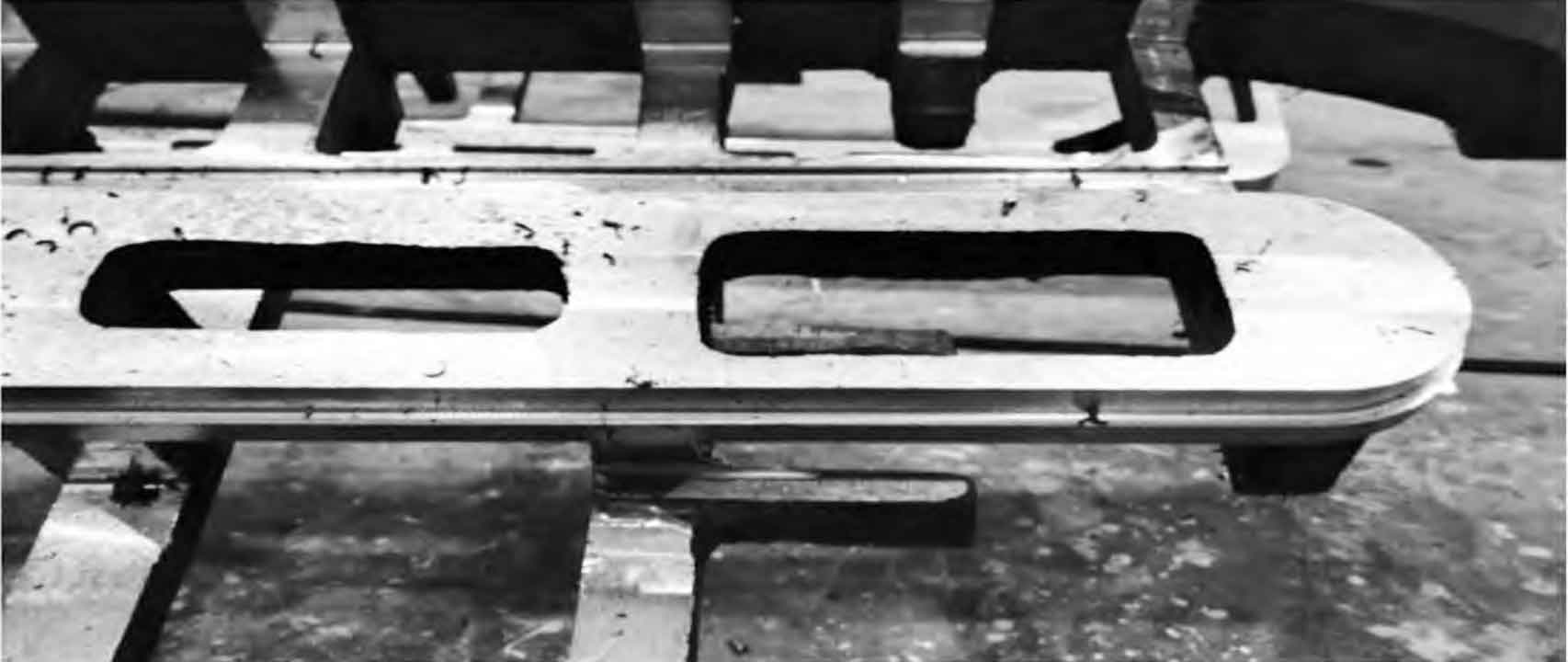Resolving casting defects requires advanced techniques for their detection and remediation. Here are some advanced techniques commonly used in the industry:

- Non-Destructive Testing (NDT):
- NDT techniques, such as radiographic testing (RT), ultrasonic testing (UT), magnetic particle testing (MPT), and liquid penetrant testing (LPT), are employed to detect internal and surface defects without damaging the casting.
- These techniques can identify defects like porosity, shrinkage, cracks, inclusions, and dimensional inaccuracies, allowing for targeted remediation efforts.
- Computerized Tomography (CT) Scanning:
- CT scanning is a three-dimensional imaging technique that uses X-rays to detect and visualize internal defects.
- It provides detailed cross-sectional images of the casting, enabling precise identification and characterization of defects. CT scanning is particularly useful for complex or intricate castings.
- Optical Inspection Methods:
- Optical inspection methods, such as visual inspection, microscopy, and endoscopy, are used to examine the casting surface for defects.
- These techniques help detect surface irregularities, roughness, sand inclusions, and other visual defects. Advanced microscopy can provide high-resolution images for detailed defect analysis.
- Thermography:
- Thermography involves using infrared cameras to detect temperature variations on the casting’s surface, indicating potential defects.
- This technique is useful for identifying defects like cold shuts, improper fusion, and thermal irregularities. It can also assess the effectiveness of cooling systems during solidification.
- 3D Scanning and Metrology:
- 3D scanning techniques, such as laser scanning and structured light scanning, capture the geometry of the casting and compare it to the desired specifications.
- By analyzing the 3D scan data, deviations and dimensional inaccuracies can be identified, allowing for corrective actions and adjustments in subsequent casting processes.
- Computational Fluid Dynamics (CFD):
- CFD simulations can analyze the filling and solidification stages of the casting process.
- By simulating fluid flow, heat transfer, and solidification behavior, CFD can help identify potential defects, optimize gating and riser design, and predict the location of defects like shrinkage or misruns.
- Process Optimization and Simulation:
- Advanced casting process simulation software, such as finite element analysis (FEA) and solidification simulation, can simulate the entire casting process virtually.
- These simulations predict potential defects, optimize process parameters, and assist in the design of gating systems, risers, and cooling channels to minimize defects and improve overall casting quality.
- Advanced Mold Coatings and Additives:
- Innovative mold coatings and additives can be used to minimize defects like inclusions, surface roughness, and thermal-related issues.
- Mold coatings can enhance mold release, reduce metal/mold interaction, and minimize defects caused by mold erosion. Additives can improve metal cleanliness, reduce gas porosity, or enhance solidification behavior.
Effective defect remediation strategies involve a combination of advanced detection techniques, process optimization, and material improvements. By integrating these techniques into the casting process, manufacturers can minimize defects, enhance casting quality, and ensure reliable and high-performing cast components.
